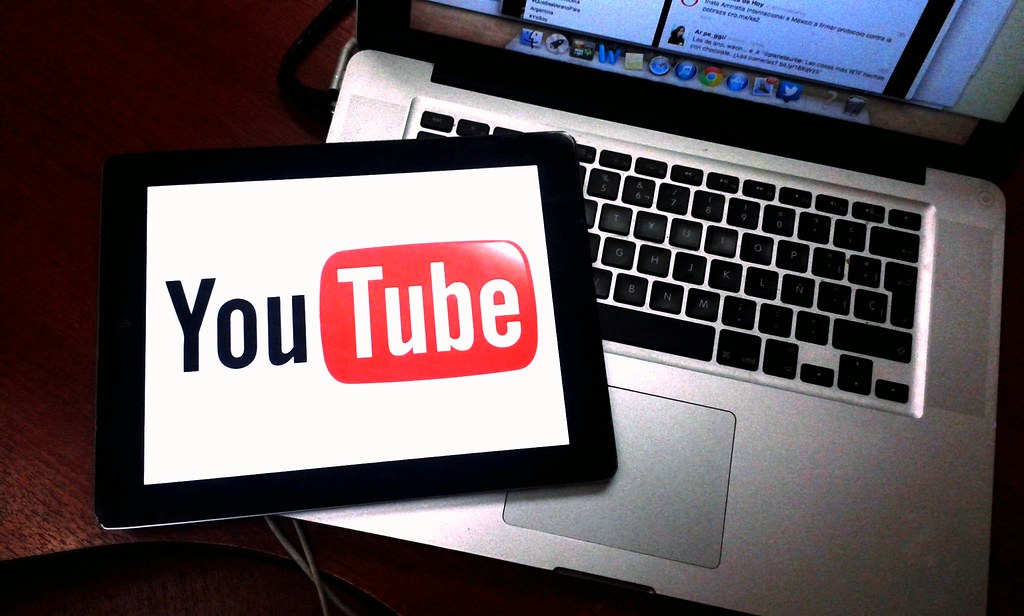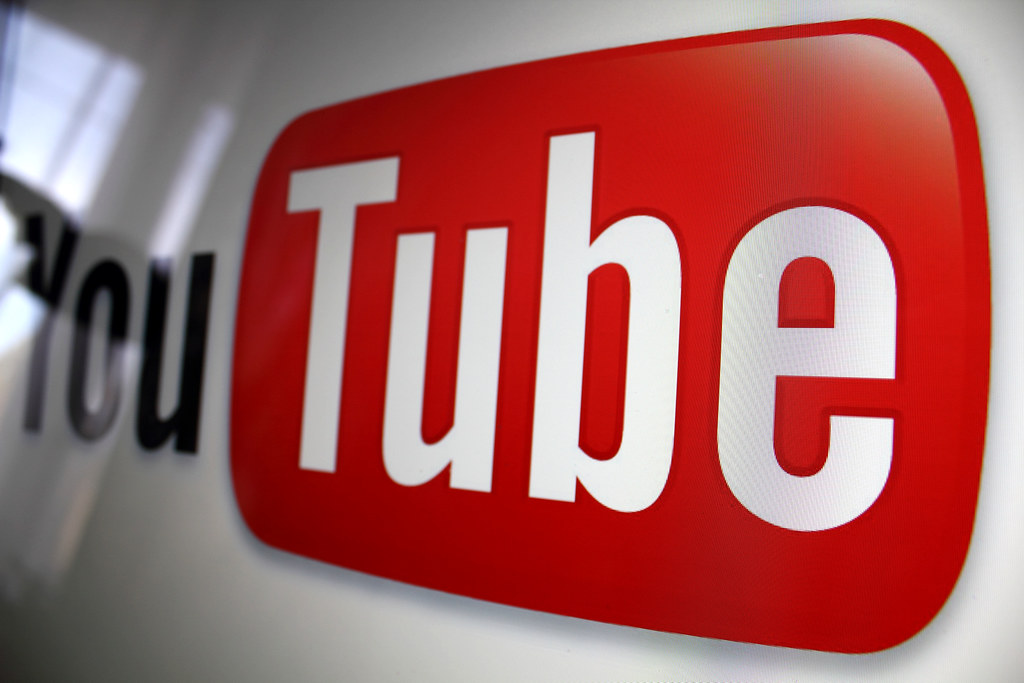If you’ve ever uploaded a video to YouTube and stared blankly at the “License” dropdown, wondering what it even means – you’re not alone. Choosing between a Standard YouTube License and a Creative Commons License can feel like reading legal jargon on a coffee-fueled edit deadline. Don’t worry – we’re breaking it all down for you, plain and simple.
Overview of YouTube’s Licensing Options

When uploading a video to YouTube, you get two licensing choices:
- Standard YouTube License
- Creative Commons Attribution License (CC BY)
Each option impacts how others can use, share, and remix your content.
Standard YouTube License
A Standard YouTube License is the default license applied to videos uploaded on YouTube. Under this license, the video remains the intellectual property of the creator, and YouTube is granted the rights to display and distribute it on its platform. Viewers can watch, share, and embed the video, but they cannot reuse or modify it without permission from the creator. This license does not allow downloading or using the content for commercial purposes unless explicitly authorized. It differs from Creative Commons, which permits certain types of reuse. The Standard YouTube License helps protect creators’ rights on the platform.
A Lot of jargon? Let’s simplify. Basically, this is the default setting. If you don’t touch that dropdown, this is what your video is under. Here’s what it means:
- Only YouTube can display your content
- Viewers can’t reuse your video in their projects
- You retain full copyright
- No one can legally download, remix, or reupload your video
In short: Your video is protected, and you control its use.
Creative Commons License (CC BY)
A Creative Commons (CC) license allows creators to permit others to use their work under certain conditions. On YouTube, selecting a CC license means others can reuse and remix your video, even commercially, as long as they credit you. There are different types of CC licenses, but YouTube currently supports only the “CC BY” license, which requires attribution. This license encourages content sharing and creativity while still protecting the original creator’s rights. It’s ideal for educational, collaborative, or remix projects. Videos under this license can be found and reused more easily across the platform and beyond.
Choosing Creative Commons (specifically, CC BY) gives your content a bit more freedom:
- Others can reuse, remix, and distribute your content – even commercially
- They must credit you as the original creator
- Your video becomes part of a community-driven pool of reusable content
This license is great for creators who want to encourage collaboration or contribute to open-source media.
Key Differences
| Feature | Standard YouTube License | Creative Commons (CC BY) |
| Reuse by others | No | Yes (with credit) |
| Commercial use allowed | No | Yes |
| Remixing/editing by others | No | Yes |
| Attribution required | No | Yes |
| Discoverability (CC Library) | No | Yes |
Which License Should You Choose?

It depends on your goals:
- Want to protect your original content and keep control? Go with the Standard YouTube License.
- Want to encourage collaboration, share your work, or help other creators? Try Creative Commons (CC BY).
There’s no “right” or “wrong” – just what fits your creative strategy.
How to License Music for YouTube Shorts
Shorts are blowing up, and so is the need for music that won’t land you in copyright jail. Here’s how to stay safe:
- Use music from YouTube’s Audio Library – free and safe for monetization
- Check platforms like Hoopr, Hoopr Smash for copyright-safe tracks
- Double-check if the track is under Creative Commons and if attribution is needed
- Avoid using trending commercial songs unless you’re using YouTube’s in-app music feature (those are cleared for Shorts but may not be monetized)
Conclusion
Licensing may not be the sexiest topic, but it can make or break your YouTube journey. Understanding the difference between Standard and Creative Commons licenses can help you stay compliant, creative, and confident. So the next time you upload a video, you’ll know exactly what that dropdown is asking you to do!


